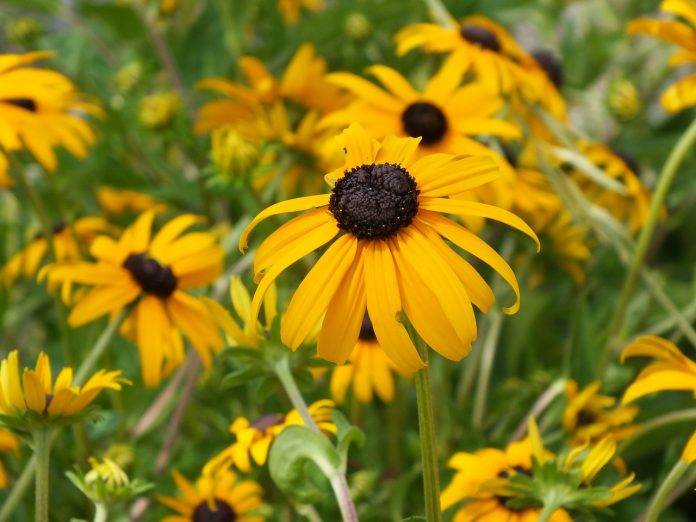In my position as an outreach technician with Stark Soil and Water Conservation District, I meet many people from across the county who are interested in conservation practices. Some of the conservation practices people are interested in can require big changes to their property such as installing a rain garden or planting lots of native trees and shrubs. Other conservation practices are only a small change such as installing a rain barrel, soil testing before applying fertilizer and picking up pet waste.
There is a misconception in the world of conservation that big changes are the only way we can effectively protect the environment. Small changes can have just as much impact as big changes.
Think small
Smaller-scale conservation practices usually require fewer resources, time and effort. I recommend to people who are interested in conservation but don’t know where to start to start simple: begin composting, mow high or apply salt to their sidewalks and driveways responsibly.
These conservation practices require a small amount of change to your property and way of life but can create a big impact. Composting reduces food waste that ends up in our landfills and creates fertilizer that saves you money. Mowing high encourages your grass to develop deep roots that hold soil in place, reducing erosion. Applying salt responsibly reduces salt pollution that contaminates our local waterways.
Snowball effect
Starting with a smaller conservation practice can create a snowball effect that leads to implementing other small conservation practices.
Once you realize how easy it is to start something as simple as adding a few native plants to your landscaping, you’ll be shocked by your results. Native perennials are typically smaller and easier to plant than native trees and shrubs while providing many of the same benefits. You can incorporate them into your current landscaping to add beauty and diversity.
Native plants provide habitat for native insects and wildlife, are already adapted to our local weather conditions and require far fewer pesticides. Native species also have deep root systems which prevent erosion by holding soil in place, reduce flooding by increasing stormwater infiltration and rarely require extra water like many non-native landscaping plants do.
In this example, one small change, incorporating a few native plants, provides many conservation benefits creating a big impact. Most conservation practices, even the small ones, have many associated benefits.
Local SWCDs can help
If you’re interested in enacting some small conservation practice of your own, contacting your local soil and water district is a great place to start. Depending on your county, their suggestions can range from planting native species to installing a rain barrel to soil testing before applying fertilizer.
The most important conservation tip for winter that we stress with homeowners and road crews is to use less road salt on our driveways, sidewalks and roadways. One teaspoon of road salt permanently pollutes 5 gallons of water. One heaping coffee cup of salt safely covers 250 square feet or roughly 10 sidewalk squares.
If you’re heavy-handed with the salt, there’s still hope for you yet. Reduce your salt usage and share the information with your friends and family members.
Once you make a small change and create conservation action, use the positive energy from that change to propel you further, letting your small action snowball into further conservation practices. Use that momentum as well to share your conservation practices to inspire neighbors, friends, family and coworkers. One small change can have a big impact on protecting our environment.













